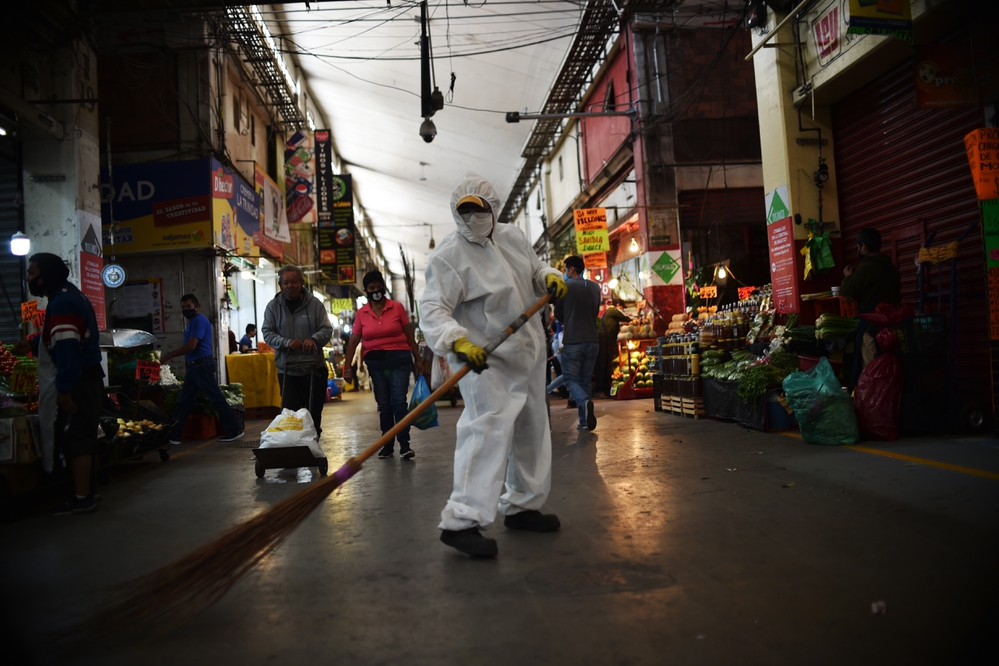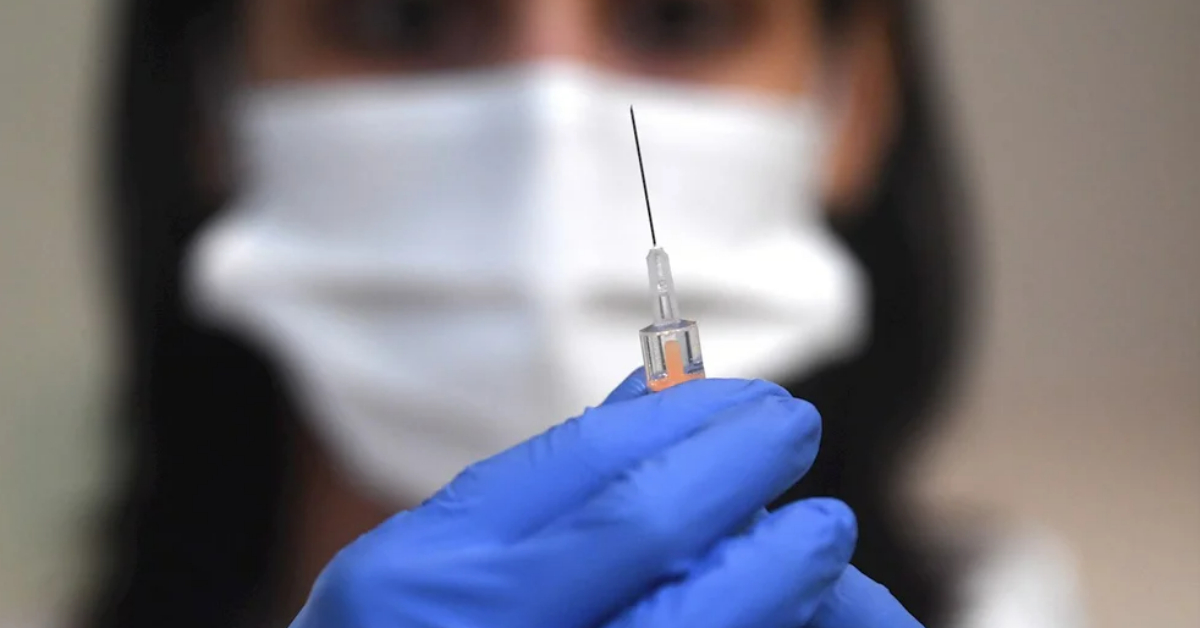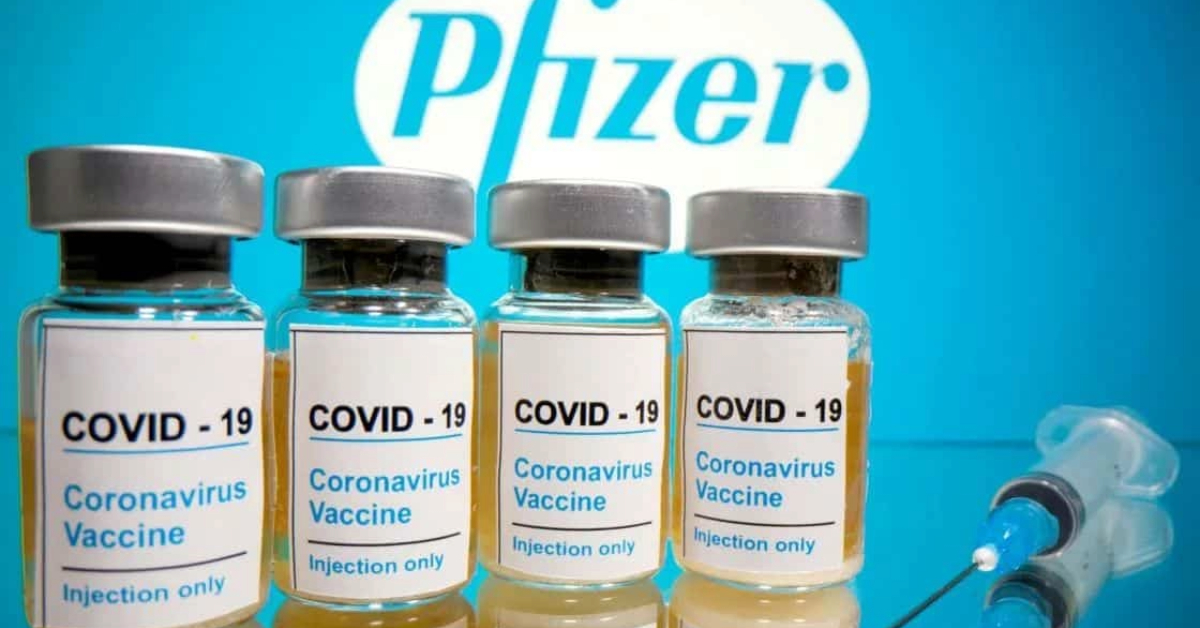The Ministry of Health (SSa) reported this Thursday, June 11 that the accumulated COVID-19 infections being disclosed by the federal government is 133,974, which includes 4,790 new cases today. Furthermore, since the beginning of the epidemic, Mexico has suffered at a minimum, 15…






